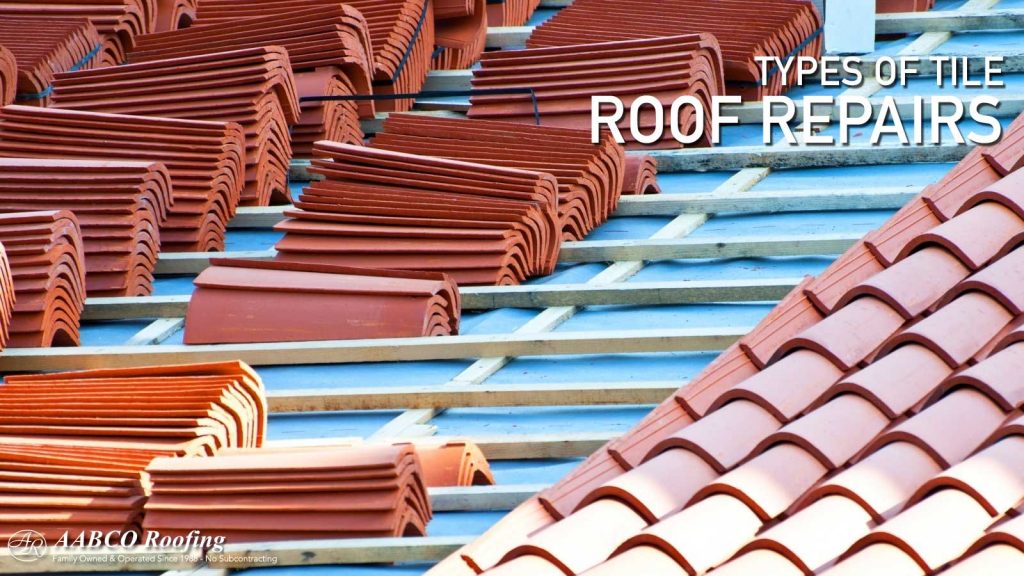When it comes to the safety and integrity of your home, the roof over your head is essential. Realizing how long your roofing system endures and understanding when to replace it can save you from costly repairs and possible harm to your home. Many homeowners frequently ask what the lifespan of their roof is, and the timeframe can change significantly depending on several factors, such as the material of the roof, environment, and maintenance routines. In exploring this topic, we will examine the average lifespan of various roofing materials, common signs that indicate it’s time for a new roof, and important care tips to increase its longevity.
Whether you are considering a roof replacement, performing standard inspections, or addressing the aftermath of extreme weather, having the right information is crucial. In this article, we will lead you through the process of roof installation and replacement, examine the benefits and drawbacks of various roofing options, and give guidance on hiring a professional versus tackling repairs on your own. By gaining understanding about the lifespan and care requirements of your roof, you can keep your home secure and protected for many years ahead.
Understanding Ceiling Durability
The duration of a roof changes significantly based on the substance used, the setup quality, and the maintenance administered throughout the decades. For example, bitumen shingles typically endure around 20 to 30 years, while metal roofs can surpass five decades years with proper care. Understanding these differences is essential for homeowners who want to make knowledgeable decisions about their roof choices.

Aspects such as weather, meteorological trends, and local surrounding factors also have a critical role in deciding how much time a roof will endure. Locations vulnerable to extreme climatic conditions, such as heavy snowfall, cyclones, or high heat, can result in reduced lifespans due to the amplified stress on roofing materials. Routine maintenance and timely repairs can greatly lengthen a top's longevity, making it imperative for homeowners to be watchful about possible issues.
Finally, the choice of ceiling material not only affects longevity but also maintenance needs and cost considerations. Householders should evaluate the pros and cons of different ceiling options, from classic asphalt to latest eco-friendly options, when determining the most suitable for their properties. By grasping browse around this web-site , householders can improve their ability to plan for roof replacement and make sure they pick a roofing solution that satisfies their needs throughout the years.
Signs You Need a New Roof
A primary sign that suggests you might require a new roof is the age of your existing roofing material. Typically, asphalt shingles last approximately 20 to 25 years, whereas metal and tile roofs can endure longer, occasionally even exceeding 50 years. Should your roof be nearing or surpassing its expected lifespan, it’s prudent to contemplate a replacement before major problems occur. Regular inspections can help assess the condition of the roof and determine if replacement is necessary.
A further indicator to watch for is evident damage or decay. This may present itself as absent shingles, curled edges, or bare patches where granules have eroded. Additionally, check for sagging areas, which may indicate structural damage beneath the surface. Water stains on your ceiling or walls can signal a leak, indicating that your roof is no longer effectively protecting your home. If you notice these issues, it’s essential to consult with a roofing professional to evaluate the extent of the damage.
Lastly, if you find granules from your shingles accumulating in your gutters or downspouts, it’s an indication of wear and tear. This loss of granules reduces the roof's ability to protect against UV rays and weather, ultimately leading to a shorter lifespan. Another concerning sign is the development of mold or moss growth, which can trap moisture against the roof and accelerate deterioration. Addressing these problems promptly can help you decide if it’s time for a new roof to ensure the ongoing safety and integrity of your home.
Roofing Substitution Fundamentals
Deciding to replace your roofing is a crucial choice that requires detailed evaluation. Homeowners should begin by assessing the current state of their roof and figuring out how much time is remaining in it. Routine inspections can assist detect problems like water intrusion or broken shingles, which may suggest it’s time for a new roofing. Moreover, understanding various roofing options and their respective lifespans, upkeep requirements, and costs can assist property owners in making an informed choice.
The process of roofing substitution includes several key steps. Firstly, https://anotepad.com/notes/i778npbd to select the right roof material that fits your house’s style and climate. This includes weighing the pros and cons of choices like bitumen shingles, metal roofing, and tile roofs. Once the option is chosen, hiring a skilled roofing professional is vital. A trusted professional will conduct a comprehensive evaluation, provide a clear estimate, and make sure the setup is performed correctly, reducing future issues.
After installation, routine upkeep is essential to extend the lifespan of your new roofing. Property owners should arrange periodic inspections, remove debris, and address any repairs quickly to stop minor problems from escalating. Being proactive in roof maintenance not only protects your asset but also enhances your property's total value and protects against extreme weather conditions, making it a wise investment for an extended period to come.
